New way to purify drinking water using sunlight
Thu 28 Jul 2016, 11:37:21
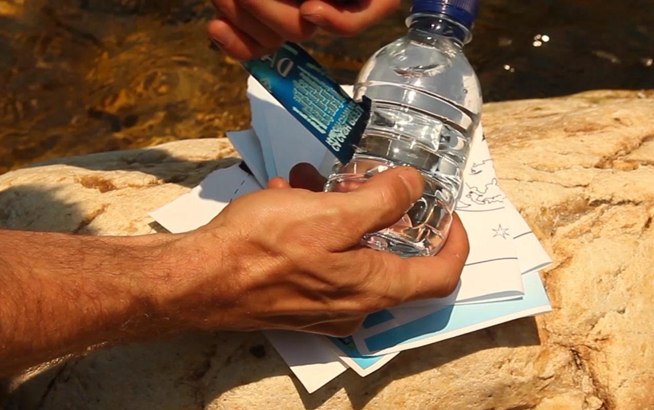
Scientists have found a novel way to purify drinking water quickly and efficiently using graphene oxide and sunlight, an advance that may be a game changer for countries such as India.
"We hope that for countries where there is ample sunlight, such as India, you'll be able to take some dirty water, evaporate it using our material, and collect fresh water," said Srikanth Singamaneni, associate professor at Washington University.
The new approach combines bacteria-produced cellulose and graphene oxide - hailed as a wonder material - to form a bi-layered biofoam. "The nanoscale cellulose fibre network produced by bacteria has excellent ability to move the water from the bulk to the evaporative surface while minimising the heat coming down, and the entire thing is produced in one shot," said Singamaneni.
"You have a bi-layered structure with light-absorbing graphene oxide filled nanocellulose at the top and pristine nanocellulose at the bottom," he said. "When you suspend this entire thing on water, the water is actually able to reach the top surface where evaporation happens," he added.
"Light radiates on top of it, and it converts into heat because of the graphene oxide - but the heat dissipation to the bulk water underneath is minimised by the pristine nanocellulose layer," said Singamaneni.
"You don't want to waste the heat; you want to confine the heat to the top layer where the evaporation is actually happening," he said. The cellulose
at the bottom of the bi-layered biofoam acts as a sponge, drawing water up to the graphene oxide where rapid evaporation occurs. The resulting fresh water can easily be collected from the top of the sheet.
at the bottom of the bi-layered biofoam acts as a sponge, drawing water up to the graphene oxide where rapid evaporation occurs. The resulting fresh water can easily be collected from the top of the sheet.
The process in which the bi-layered biofoam is actually formed is also novel. In the same way an oyster makes a pearl, the bacteria forms layers of nanocellulose fibers in which the graphene oxide flakes get embedded.
"While we are culturing the bacteria for the cellulose, we added the graphene oxide flakes into the medium itself," said Qisheng Jiang, a graduate student in the Singamaneni lab.
"The graphene oxide becomes embedded as the bacteria produces the cellulose. At a certain point along the process, we stop, remove the medium with the graphene oxide and reintroduce fresh medium," said Jiang. "That produces the next layer of our foam. The interface is very strong; mechanically, it is quite robust," he said.
The new biofoam is also extremely light and inexpensive to make, making it a viable tool for water purification and desalination.
"Cellulose can be produced on a massive scale, and graphene oxide is extremely cheap - people can produce tonnes of it," Singamaneni said.
"The properties of this foam material that we synthesised has characteristics that enhances solar energy harvesting," said Pratim Biswas, professor at Washington Univsersity.
The research appears in the journal Advanced Materials.
No Comments For This Post, Be first to write a Comment.
Most viewed from Specials
Most viewed from World
AIMIM News
Latest Urdu News
Most Viewed
May 26, 2020
Do you think Canada-India relations will improve under New PM Mark Carney?
Latest Videos View All
Like Us
Home
About Us
Advertise With Us
All Polls
Epaper Archives
Privacy Policy
Contact Us
Download Etemaad App
© 2025 Etemaad Daily News, All Rights Reserved.











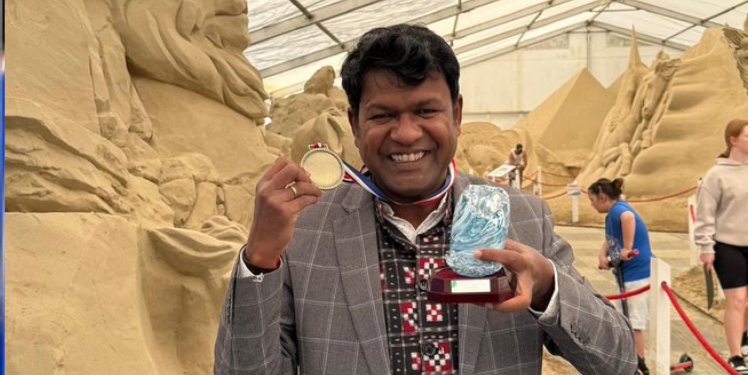
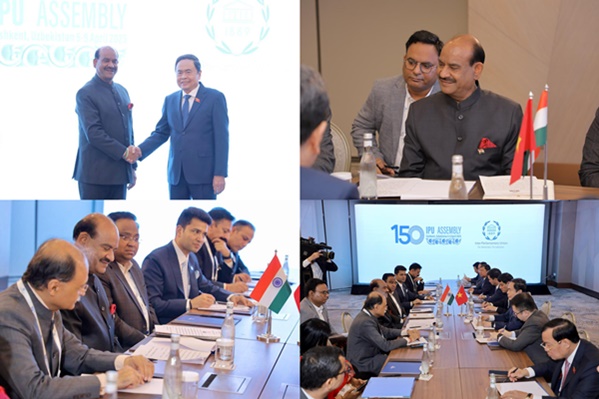



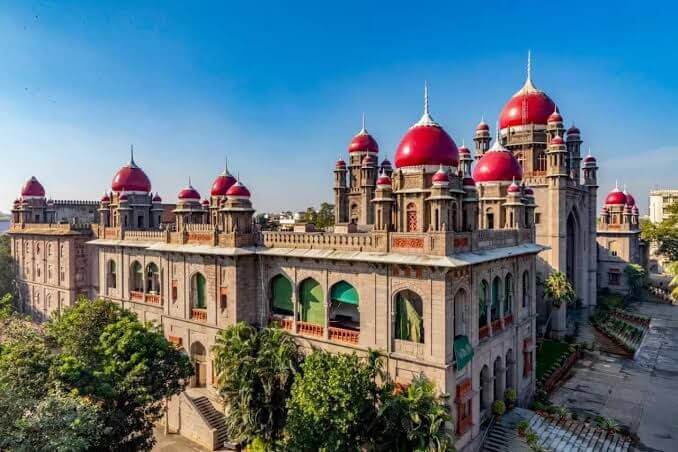



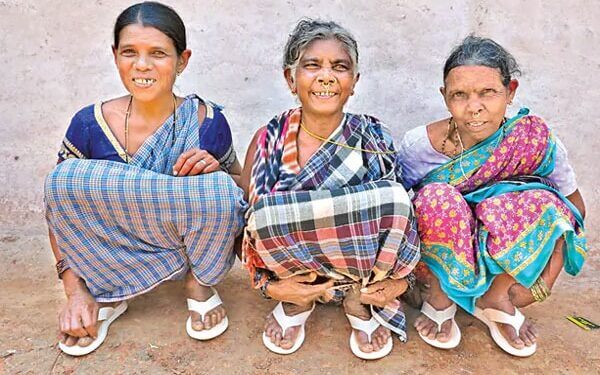
.jpg)
.jpg)
.jpg)
.jpg)

















